Putin’s ‘invisible’ nightmare: Ukraine unveils new 20ft underwater kamikaze stealth drone capable of carrying 1,000lbs of explosives that will be aimed at Russia’s Black Sea fleet
Footage shows Ukraine’s new underwater kamikaze drone ‘Marichka’ being checked before it is deployed against Vladimir Putin’s navy.
The newly designed torpedo – which can carry around 1,000 pounds of explosives – will be unleashed on Russian warships and submarines as Ukraine continues its efforts to repel Vladimir Putin’s navy in the Black Sea.
The action is also expected to target the Crimean Bridge, a vital Russian supply route to Ukraine that Kiev’s forces have already hit twice during the war, and which the Russians have only been able to partially restore.
The footage shows the £355,000 six-metre naval weapon being checked at a secret location in the water before being deployed.
It is a development of Ammo.Ukraine volunteers that boasts invulnerability to Russian radio-electronic warfare systems, making it largely ‘invisible to the enemy’.
Footage shows Ukraine’s new underwater kamikaze drone ‘Marichka’ being checked before it is deployed against Vladimir Putin’s navy
It also has ‘a unique communication system with the operator, making it possible to control the submarine at great distances and depths’.
It is a separate innovation for the Ukrainian ‘Sea Baby’ drone, which has been used against the bridge and other warships.
Its makers say the Marichka drone is “undetectable by radars, scanners and echo sounders” and has a range of about 1,000 kilometers – more than enough to strike key Russian targets stationed around occupied Crimea on the Black Sea.
The submarine drone can be used to attack enemy targets as well as for reconnaissance, and has the ability to lurk in the water in standby mode before aiming at a target.
To bolster its arsenal, and in light of Russia’s superior long-range missiles, Ukraine has begun making do-it-yourself drones that have proven to be one of the deadliest and most widespread weapons since Putin’s invasion.
An army of volunteers builds up to 90 percent of Ukraine’s military drones in garages and warehouses across the country, while there are now around 200 start-up drone companies operating within Ukraine’s borders. The economist.
The majority of drones are used over land, deployed by soldiers who can pilot them with extreme accuracy to drop grenades on Russian positions – destroying trenches and bunkers – or to crash explosive-laden drones on hidden targets.
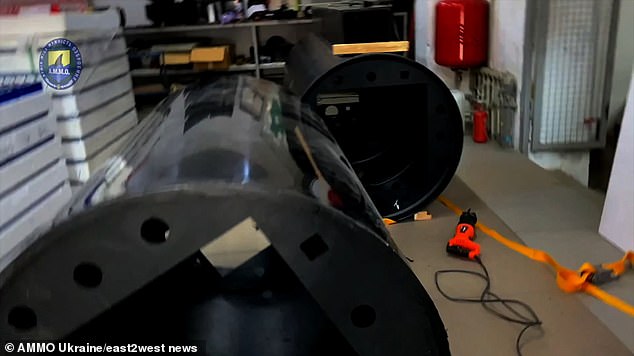
The 6-meter-long kamikaze naval drone is seen in the warehouse being prepared for testing
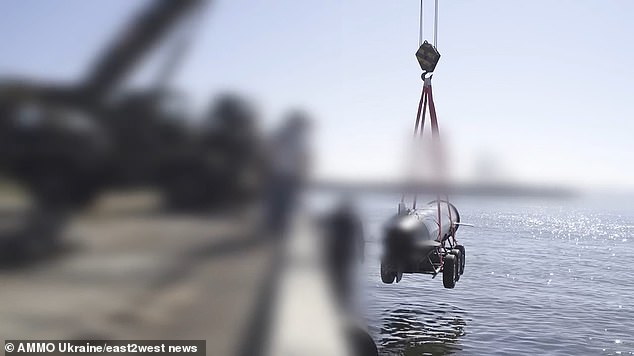
The 6 meter long kamikaze sea drone ‘Marichka’ is lowered into the sea for tests
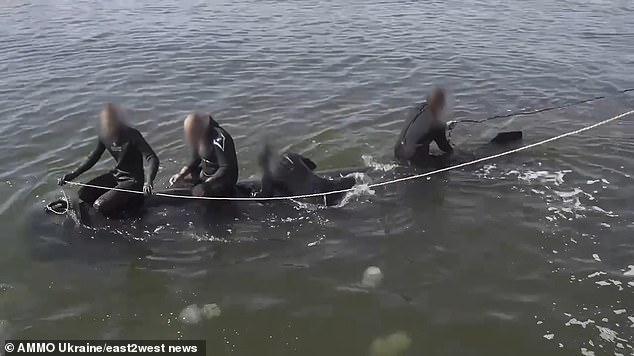
A crew of Ukrainian engineers are seen working on the Marichka
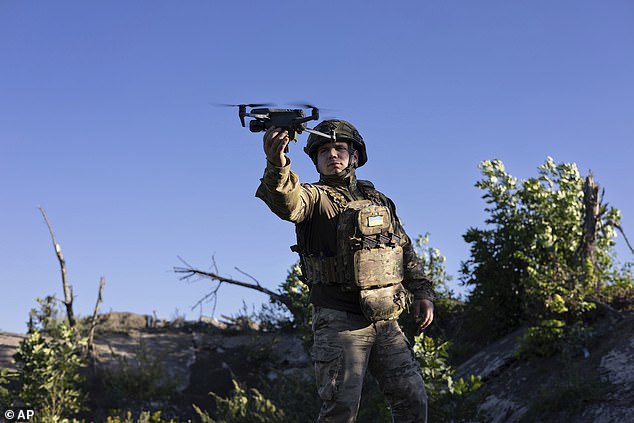
To bolster its arsenal, and in light of Russia’s superior long-range missiles, Ukraine has begun making do-it-yourself drones that have proven to be one of the deadliest and most widespread weapons since Putin’s invasion. Pictured: A Ukrainian soldier known as ‘Beha’ from ‘Code 9.2’ launches a drone before flying over Russian frontline positions in the Donetsk region
Drones are also being used to paint targets from a distance, allowing Kiev’s forces to locate Russian positions and fire artillery and other weapons at Moscow’s hardware and invading soldiers who would otherwise be virtually impossible to locate, let alone get close can come enough to become visual. confirmation with your own eyes.
The DIY drones are composed of off-the-shelf flying devices, consumer electronics, computer gaming equipment and 3D printed parts.
They are easy and relatively cheap to build, and thousands of soldiers now have experience building them from easy-to-find parts.
Their makers will test different combinations of parts to see which ones work best and which ones can best evade enemy air defenses.
Drones of various forms have been used in several high-profile attacks, including one that saw explosions over the Kremlin in the heart of Moscow in May.
Such drone strikes deep within Russian territory have become commonplace, with other targets such as ammunition depots and military bases.
Russia has also made use of such drones and has also purchased Iranian-made Shahed attack drones that have wreaked havoc on Ukrainian infrastructure, while also using them to attack civilian locations – with tragic consequences.
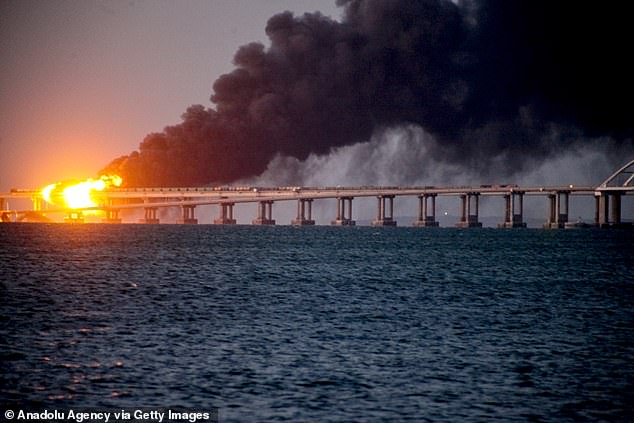
In October 2022 you will see a huge fire and thick black smoke rising from the Kerch Bridge
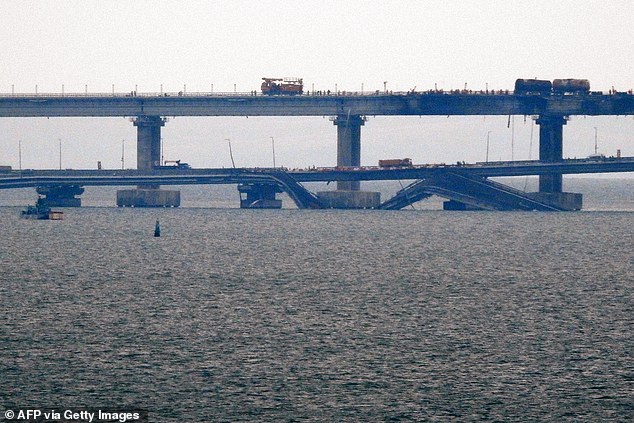
Workers are repairing railway lines on the Kerch Bridge connecting Crimea and Russia, near Kerch, on October 9, 2022, after Ukraine destroyed a section of the crossing with a suspected drone
Kiev also pioneered the use of “kamikaze” drones at sea – unmanned ships loaded with explosives that are floated towards Russian warships and detonated on impact. In some cases these have successfully damaged Russian ships.
It is believed that seafaring drones – similar to the Marichka being tested by Ukraine – were also deployed in October 2022 to destroy a section of the Kerch Bridge connecting occupied Crimea with mainland Russia.
A second attack on the bridge in July 2023, also believed to have been carried out by drones in the water, caused a section of the roadway to completely collapse.
At great cost to Russia, the more than 16 kilometer long bridge was opened by Putin himself in 2018, four years after Russia illegally annexed Crimea, and is an important supply route for Russian soldiers fighting in southern Ukraine.
